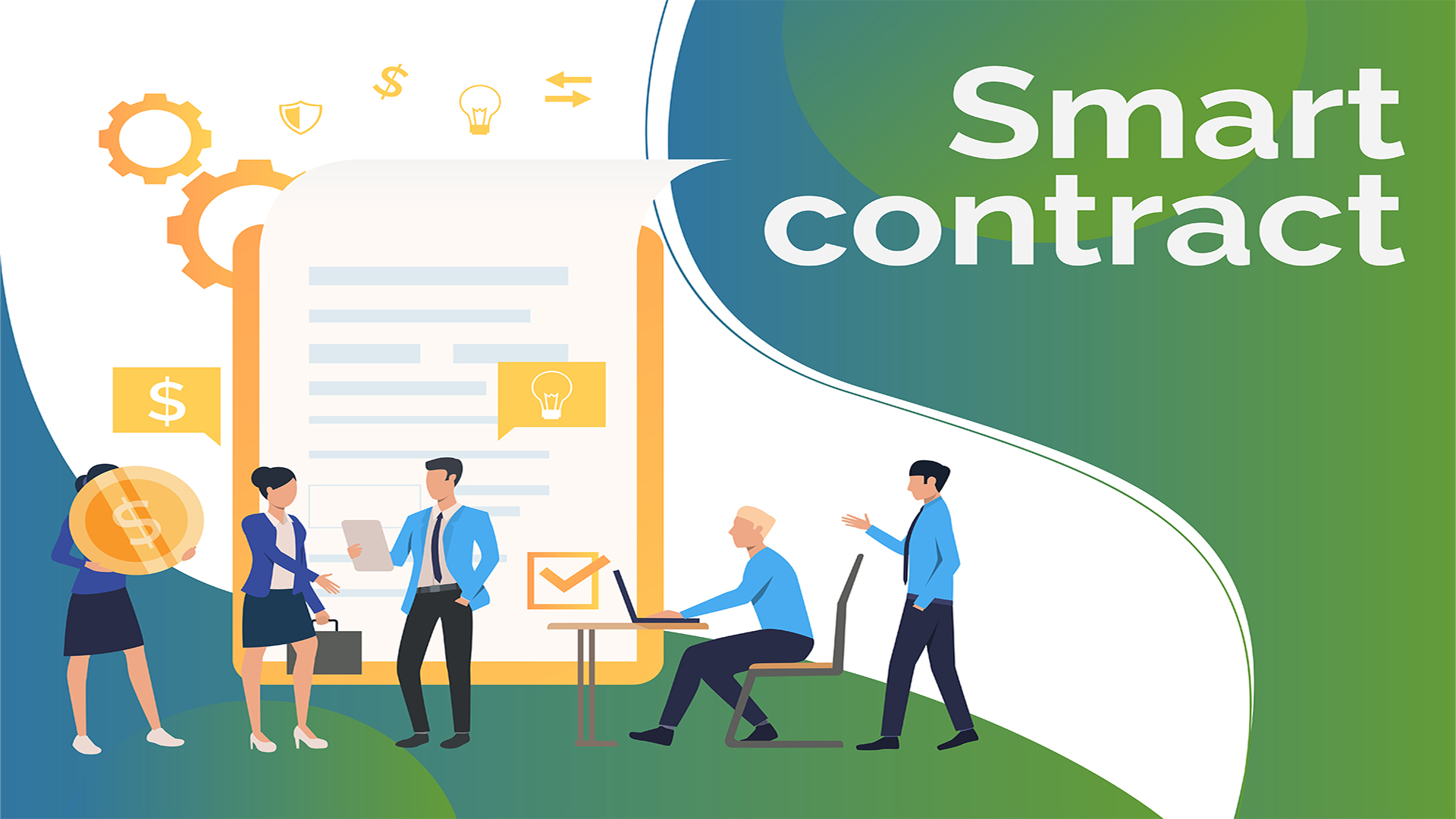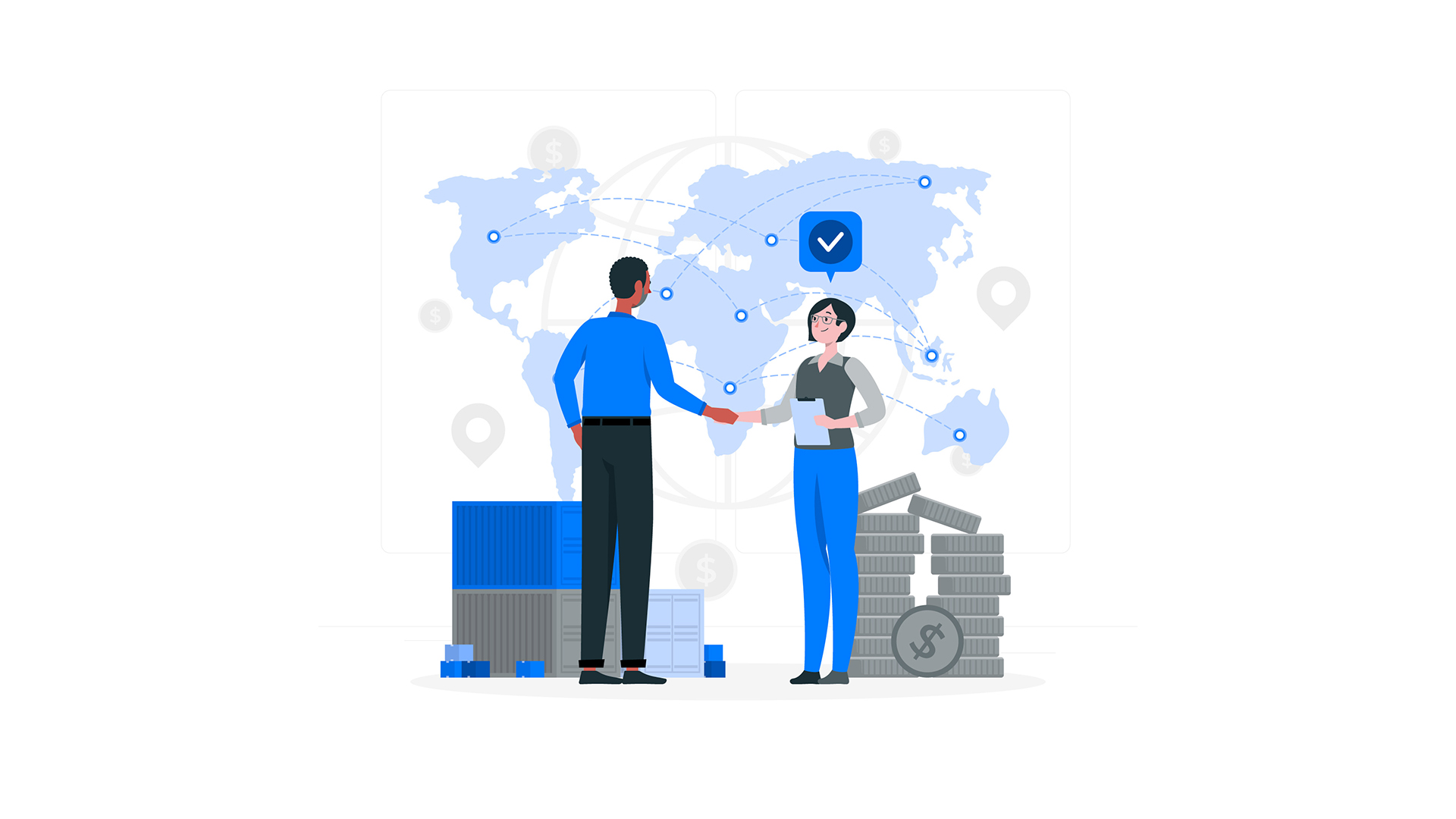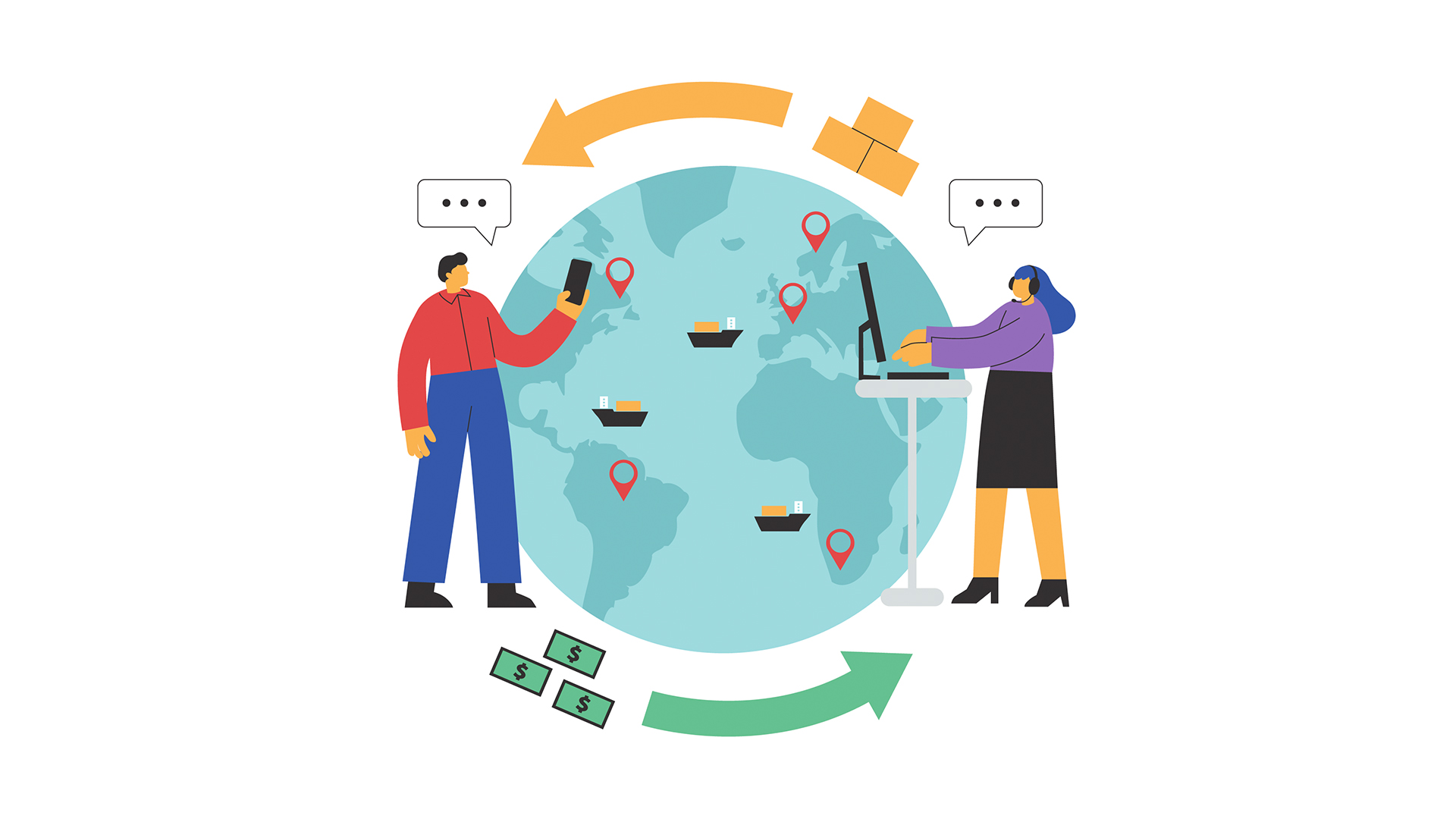
SLA Configuration For Maximum Performance
Course overview
An SLA is a contract that is enforceable by law between a service provider and its customers that specifies the services to be provided and the standards of quality that must be met.
Why are service-level agreements necessary?
Service Level Agreements (SLAs) are crucial for service providers because they enable them to define the needs of their customers and the limits beyond which they are not accountable for service interruptions or subpar performance. Customers also benefit from SLAs because they outline the service’s performance parameters so that they may be contrasted with those of rival providers and because they outline the channels for complaint resolution. One of the two main contracts between service providers and their clients is the service level agreement (SLA). Creating a unified service agreement that outlines the fundamentals of their relationship with their clients is a typical practice among service providers.
What characteristics separate SLAs into different categories?
The three most prevalent types of SLAs are multi-level, internal, and customer SLAs. A customer service level agreement is made between a service provider and an outside client. A customer-based SLA’s terms are negotiated by the parties to the agreement. The firm and the IT service provider in charge of overseeing its accounts payable system may start negotiations to determine the nature of their relationship. An internal service level agreement (SLA) is one that exists between a company and an inside client (such as another company, department, or site). An organization might have SLAs in place with each of its clients that are currently in effect, but it might also have internal SLAs with internal teams. With a multi-tiered SLA, the agreement is divided into sections based on the level of service that each group of clients demands.
The Service Level Agreements Training from Training Bee will give you the knowledge and skills you need to identify the most capable service provider and assess their performance, as well as to decide which jobs to outsource and which to remain in-house. You will learn how to comprehend the various contract kinds, the benefits and drawbacks of SLAs, how to prevent common potential pitfalls, and how to enhance performance in this training course. The use of balanced scorecards to gauge contractor performance will be emphasized across a wide range of disciplines. This training event will provide you with useful ideas and practices for creating better SLAs through a combination of lecture and group interaction.
Introduction
Greetings from the realm of service level agreements (SLAs), a crucial component of contemporary commerce that regulates the interaction between service providers and their clients. We will set off on a journey in this course to comprehend the significance of SLAs, its essential elements, and their function in ensuring exceptional service delivery.
An official contract known as a service level agreement specifies the caliber of service that a provider agrees to offer to its clients. It provides a model for exceptional customer service by outlining precise requirements and quantifiable performance goals.
We are The Training Bee, a global training and education firm providing services in many countries. We are specialized in capacity building and talent development solutions for individuals and organizations, with our highly customized programs and training sessions.
Learning Objectives
Upon completing Service Level Agreements (SLA), participants will be able to:
- Decide what benefits there are to using service-level agreements.
- Talk about SLA contracting agreements and their uses.
- Recognize how to work with both internal and external contractors.
- Recognize the Fundamentals of Outsourcing.
- Discover the features, purposes, and benefits of lean contracts.
- Learn about the many contract kinds, when to use them, and how.
- Recognize the Service Level Agreement (SLA) Principles.
- Recognize the best way to monitor the contractor’s performance.
- Learn to associate behavior with consequences and rewards.
- Learn Negotiation Success Tips & Tricks.
Our Unique Training Methodology
This interactive course comprises the following training methods:
- Journaling – This consists of setting a timer and letting your thoughts flow, unedited and unscripted recording events, ideas, and thoughts over a while, related to the topic.
- Social learning – Information and expertise exchanged amongst peers via computer-based technologies and interactive conversations including Blogging, instant messaging, and forums for debate in groups.
- Project-based learning
- Mind mapping and brainstorming – A session will be carried out between participants to uncover unique ideas, thoughts, and opinions having a quality discussion.
- Interactive sessions – The course will use informative lectures to introduce key concepts and theories related to the topic.
- Presentations – Participants will be presented with multimedia tools such as videos and graphics to enhance learning. These will be delivered engagingly and interactively.
Training Medium
This Service Level Agreements (SLA) training is designed in a way that it can be delivered face-to-face and virtually.
Course Duration
This training is versatile in its delivery. The training can be delivered as a full-fledged 40-hour training program or a 15- hours crash course covering 5 hours of content each day over 3 days
Pre-course Assessment
Before you enroll in this course all we wanted to know is your exact mindset and your way of thinking.
For that, we have designed this questionnaire attached below.
- Give a definition of a service level agreement (SLA) and describe its function in relation to service delivery.
- Determine the important elements that are commonly present in a typical service level agreement and how each plays a part in defining service expectations.
- Talk about the advantages of implementing service level agreements for both customers and service providers.
- Describe the steps involved in defining quantifiable and practical service level goals for a SLA and the significance of tying them to corporate goals.
- Describe how Key Performance Indicators (KPIs) are used to monitor and assess the quality of a service in accordance with a SLA.
- Discuss the various dangers and difficulties involved in creating and managing service level agreements, and offer solutions.
Course Modules
This Service Level Agreements (SLA) covers the following topics for understanding the essentials of the Agile Workplace:
Module 1 – Thoughts on the Concept of Outsourcing
- A description of the software
- Delegates’ introduction
- Contracting: Roles and Relationship: Asset Control
- Factors to take into account when outsourcing tasks
- One strategy is outsourcing.
- Relevant case study on outsourcing
Module 2 – Service Level Accords: I
- The requirement for performance quality evaluation
- SLAs support the attainment of quality
- The most crucial objective
- SLA’s: Contracts or Contract Replacements
Module 3 – Service Level Accords: II
- Common quality indices
- Frameworks for Service-Level Agreement Governance
- Customers’ Obligations
- Using SLAs and risk sharing to solve problems
Module 4 – Service Level Agreement (SLA) creation
- Guidelines for drafting
- A method of modeling the SLA
- Components of a strong SLA
- Using the appropriate measurement jargon
- Use rewards or punishments to encourage success.
Module 5 – Taking Charge of the SLA in Real Life
- Techniques for evaluation
- Escalation-based quality performance management
- Controlling Changes to Maintain the SLA Relevant Methods for Negotiating Difference Management
Module 6 – Using a Scorecard Approach to Manage SLAs
- The scorecard method’s genesis
- Linking the service level agreement to the entire business strategy
- Needs of stakeholders must be balanced.
- SLA Scorecard Development and Planning
- Vital performance indicators
Post-course Assessment
Participants need to complete an assessment post-course completion so our mentors will get to know their understanding of the course. A mentor will also have interrogative conversations with participants and provide valuable feedback.
- What are the advantages of having a clear Service Level Agreement for both customers and service providers? Give precise instances to back up your claim.
- Describe the procedures for establishing specific, attainable service level goals in a service level agreement. How can these targets be in line with corporate goals?
- Describe how Key Performance Indicators (KPIs) are used to monitor and assess the quality of the services provided in accordance with SLAs. How can KPIs help to sustain customer happiness and service quality?
- Discuss the risks and difficulties that service providers could run into while putting service level agreements into practice. Offer solutions to these problems that will successfully be mitigated.
- Give concrete instances of how Service Level Agreements use continuous improvement to improve service performance over time.
Lessons Learned
Precision and Clarity: Setting up clear expectations, duties, and performance goals requires a well-defined Service Level Agreement. Successful service delivery depends on being precise when defining service expectations.
SLAs are essential in ensuring that service offerings are in line with the requirements and expectations of customers. Service providers can improve client happiness and loyalty by putting a strong emphasis on measurements and KPIs that are focused on the client.
Measurable Performance: SLAs give service providers the ability to assess and track their performance in an unbiased manner. Key performance indicators (KPIs) are useful for ongoing evaluation and improvement.
Culture of continual Improvement: A key component of SLAs is the idea of continual improvement. A culture of continuous improvement in service delivery is fostered by routinely assessing, evaluating, and changing SLAs.
“SLAs Redefining Service Standards: Beyond Promises”







